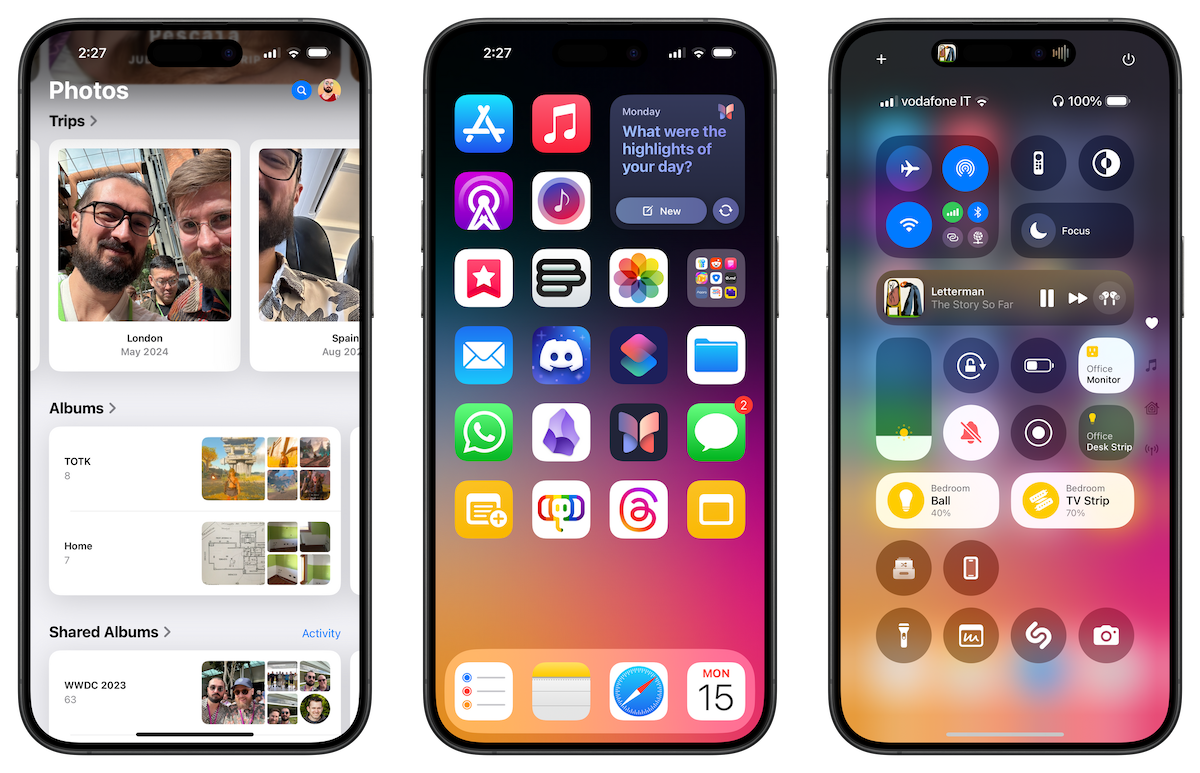By now, you’ve likely encountered extensive coverage of the iPhone 16 and iPhone 16 Pro. While the features like the Camera Control, larger displays, enhanced Ultra Wide camera, and improved battery life are widely discussed, what sets this year’s lineup apart is its broader impact on the smartphone ecosystem. Specifically, I believe iPhone 16 and iOS 18 could be Apple’s most persuasive offer yet for those contemplating a switch from Android.
Apple’s Focus on Android Switchers
Years ago, Apple CEO Tim Cook noted that one of the company’s main goals was to encourage Android users to transition to the iPhone. This sentiment echoed across forums like Reddit, where Android users highlighted key features Apple needed to address: USB-C, customizable widgets, larger screens, better messaging features, and more options at different price points. Over time, Apple has gradually fulfilled many of these requests, and the introduction of iPhone 16 alongside iOS 18 may just tip the scales for Android users considering the switch.
How iOS 18 Makes a Difference
In my review of iOS 18, I observed that this is Apple’s most personalized iOS update yet. Here’s how:
- Home Screen Personalization: iOS 18 offers new options like icon tinting, the ability to hide app and widget names, and freedom to place icons anywhere on the screen.
- Photos App Customization: You can now rearrange sections, memories, and other elements in the Photos app, making it truly customizable.
- Revamped Control Center: The Control Center in iOS 18 allows deep customization, including support for third-party apps.
These changes reflect Apple’s ongoing push towards greater personalization. Since iOS 14 introduced widgets and iOS 16 brought customizable Lock Screens, the company has only expanded user control over their devices.
RCS Support: A Game Changer
One of the most significant additions in iOS 18 is RCS (Rich Communication Services) support. For years, the lack of RCS was a dealbreaker for many Android users. While it’s debatable why Apple waited so long, the inclusion of RCS might remove one of the final barriers preventing Android users from switching to iPhone.
Where iPhone Still Trails Android
While Apple has made strides in customization and user experience, there are areas where iPhone remains behind Android in terms of openness. Android allows sideloading apps, installing from alternative sources, and offers better system-wide theming and control over default apps. Apple, citing security and privacy concerns, restricts such features. For some, these limitations will be a dealbreaker, but for many others, the tradeoff is worth it.
Smooth Transition from Android to iPhone
Apple has greatly improved the process of switching from Android to iPhone. The “Move to iOS” app now allows seamless transfer of contacts, message history, photos, files, settings, and more. With iOS 18, even voice memos, Wi-Fi settings, and dual SIM labels can be transferred. These improvements, combined with Apple’s ecosystem features like iMessage, Apple Watch, and Emergency SOS, make the transition smoother than ever.
iPhone 16: A Refined Hardware Experience
The iPhone 16 and iPhone 16 Pro embody five years of design evolution:
- iPhone 12: The introduction of the flat-sided design and MagSafe.
- iPhone 13 Pro: The debut of ProMotion for smoother display performance.
- iPhone 14 Pro: Dynamic Island replaced the notch, and the mini model was swapped for the Plus version.
- iPhone 15 Pro: Lighter titanium bodies, an Action button, and USB-C.
- iPhone 16: Larger screens, slimmer bezels, improved heat dissipation, and the Camera Control feature.
Many view the iPhone 16 as the culmination of these design refinements. Rumors of a major redesign for the iPhone 17 Slim might encourage some to wait, but for most, the iPhone 16 represents peak design.
Expanding Choices Across Price Points
One demand from Android users was a wider range of price options. Apple has addressed this by offering a stronger lineup than ever before. The iPhone 16 and iPhone 16 Plus pack premium features like the Action button and Camera Control at more affordable price points. Meanwhile, the iPhone 15 and iPhone 15 Plus remain strong alternatives.
Camera Control: Powerful but Potentially Overcomplicated
The iPhone 16’s Camera Control feature has been met with mixed reviews. Some users feel it’s trying to do too much, while others appreciate its versatility. Fortunately, the feature is customizable, allowing users to simplify its functions through the Settings app.
iPhone 16 Display: Still Room for Improvement
One drawback to the iPhone 16 models is their 60Hz displays. Despite introducing ProMotion years ago, Apple has kept this feature exclusive to Pro models, which may feel limiting for some in today’s competitive smartphone market. A 90Hz refresh rate for non-Pro models would be a welcome compromise.
Final Thoughts: iPhone 16 and iOS 18 Deliver for New Users
Rather than focusing solely on incremental improvements, iPhone 16 and iOS 18 should be viewed in the broader context of the evolving smartphone landscape. These updates represent years of Apple responding to user feedback and expanding its ecosystem to appeal to Android users. While switching platforms involves many considerations, Apple’s latest lineup makes a compelling case for Android users ready to make the leap to iPhone.





